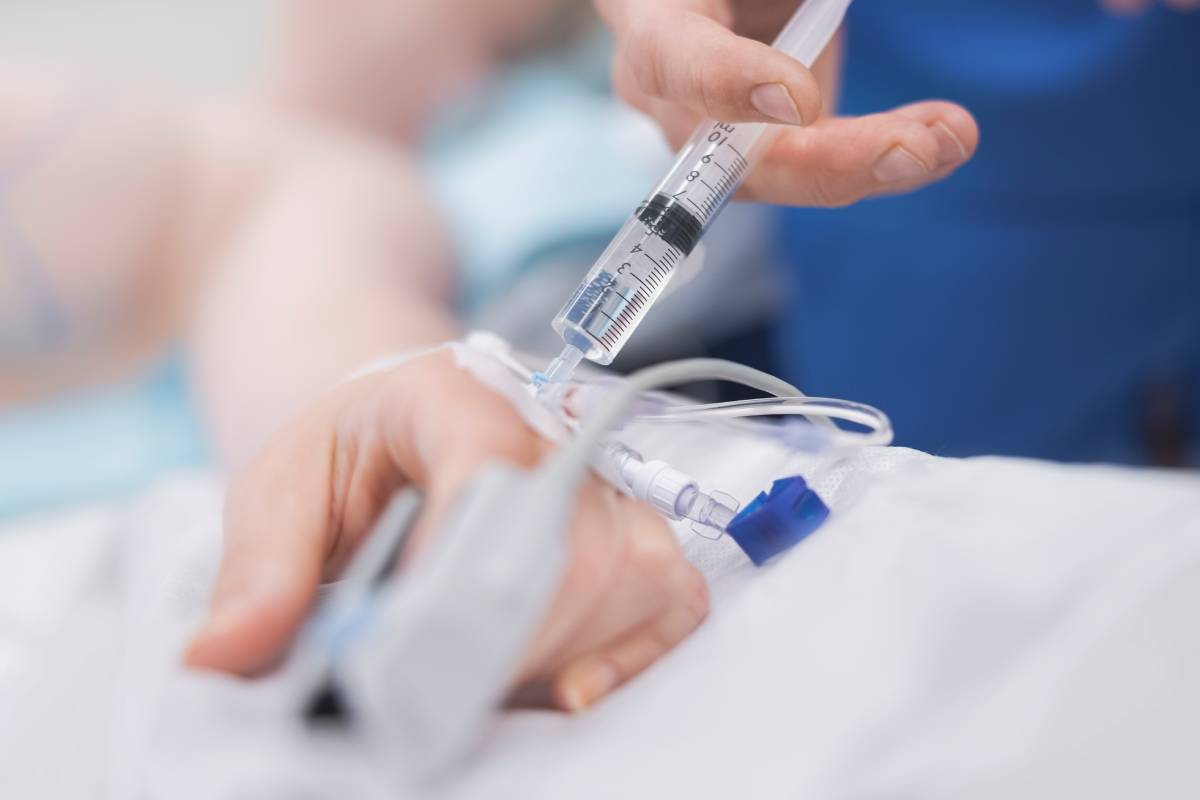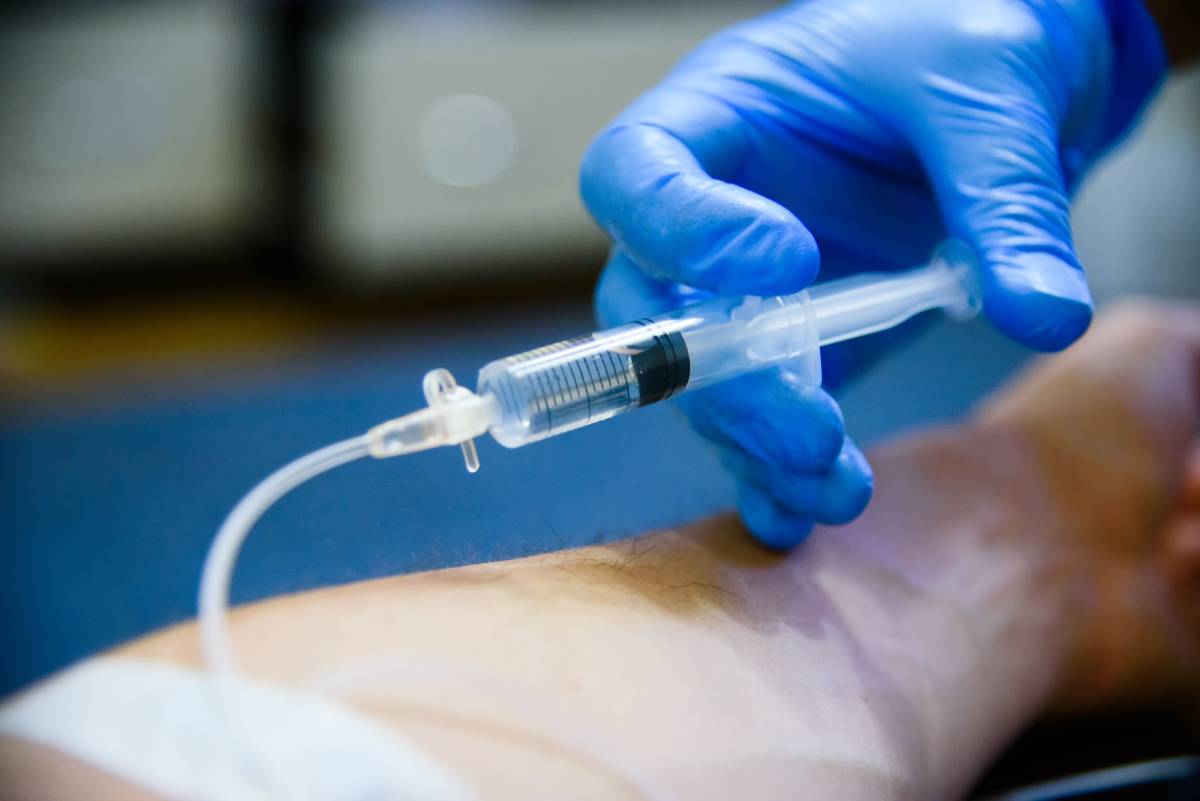Cardiogenic shock triggered by acute myocardial infarction (AMI) remains one of the most formidable emergencies in cardiovascular medicine, associated with high mortality rates despite advancements in therapeutic strategies. Venoarterial Extracorporeal Membrane Oxygenation (VA-ECMO) has emerged as a critical intervention for patients experiencing severe cardiogenic shock following AMI. This article explores the application, benefits, and challenges of using VA-ECMO in this high-risk patient population.
Understanding Venoarterial ECMO
VA-ECMO is a form of life support used to provide heart and lung assistance to patients whose heart and lungs are so severely diseased or damaged that they can no longer serve their function. The system uses a pump to circulate blood through an artificial lung back into the bloodstream, providing both respiratory and cardiac support. In the context of AMI-related cardiogenic shock, VA-ECMO works by unloading the heart, allowing it to rest and recover while maintaining systemic perfusion and oxygenation.
Indications for VA-ECMO in AMI-Related Cardiogenic Shock
The primary indication for the deployment of VA-ECMO in AMI-related cardiogenic shock is the failure of conventional medical therapies, including pharmacological agents and intra-aortic balloon pump (IABP) counterpulsation, to stabilize the patient’s hemodynamic condition. VA-ECMO is particularly considered in scenarios where there is a reversible component of the cardiac insult or as a bridge to more definitive interventions like revascularization or, in some cases, heart transplantation.
Mechanism of Action
The mechanism by which VA-ECMO operates involves extracting venous blood from the patient’s body, which is then passed through a membrane oxygenator. Here, carbon dioxide is removed, and oxygen is added; the oxygen-rich blood is then pumped back into the arterial system, thereby ensuring vital organ perfusion despite the failing heart. This not only helps in maintaining hemodynamic stability but also significantly reduces the workload on the heart, providing it an opportunity to recover from the acute injury inflicted by the myocardial infarction.
Benefits of VA-ECMO
The use of VA-ECMO in AMI-related cardiogenic shock can have several potential benefits. Foremost, it can rapidly stabilize hemodynamics, which is crucial for the survival of patients in shock. By improving systemic perfusion, VA-ECMO also enhances organ function, which is often compromised in low output states associated with cardiogenic shock. Additionally, it can provide a valuable window for further diagnostic procedures and planning the next steps of management, such as coronary angiography, which might be too risky without hemodynamic stabilization.
Challenges and Considerations
Despite its benefits, the use of VA-ECMO is not without challenges. The procedure requires specific expertise and resources, typically available only in specialized centers. Complications can arise, including bleeding, thromboembolic events, and limb ischemia due to the invasive nature of the device and the need for anticoagulation. There’s also the risk of differential hypoxia – also known as Harlequin syndrome – where the upper body receives less-oxygenated blood compared to the lower body.
Furthermore, the decision to implement VA-ECMO must be carefully considered against the patient’s overall prognosis and quality of life expectations. It is vital to identify patients who are most likely to benefit from this intervention, considering factors such as the reversibility of the cardiac damage and the presence of comorbidities.
Conclusion
Venoarterial ECMO represents a significant advancement in the management of AMI-related cardiogenic shock, providing life-saving stabilization for patients in critical condition. While it offers substantial benefits in terms of hemodynamic support and recovery potential, it also poses significant challenges and risks. Successful outcomes often depend on the careful selection of patients, meticulous management of the ECMO system, and a multidisciplinary approach to patient care. As technology advances and clinical experience grows, VA-ECMO continues to evolve as a crucial component in the management of severe cardiogenic shock following acute myocardial infarction.

